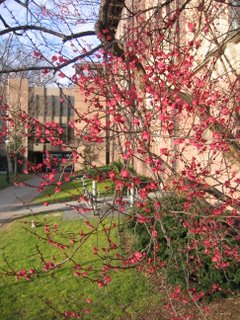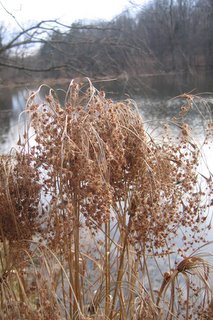Lest you venture out into nature and feel surrounded by strangers, here are a few of the locals in their winter garb. Don't be put off by their bark. They're really quite friendly.

Wild grape vine is easy to identify, with its shaggy brown bark.
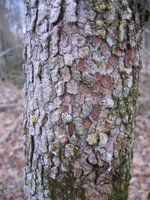
Flowering dogwood bark has more of a honeycombed appearance. Older Blackhaw Viburnums also have bark like this.

Ash trees have tight-grained bark. Look farther up and you'll see they have thick, opposite branching twigs.
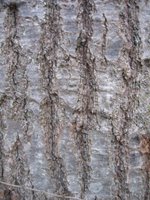
Red oak has these long vertical plates. There are some towering, multi-trunked specimens at Mountain Lakes.

Black cherry has bark that looks like black potato chips with lots of short horizontal lines called lenticels. The lenticels help the tree to breathe.

Red cedars have smooth, fibrous bark. Most of these trees, remnants from a time when Mountain Lakes was shifting from farm to forest, are getting shaded out now.
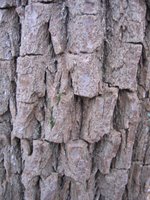
Sassafras. Check out the deeply furrowed dentition.
 Ahh, January in Princeton. It may as well be spring. The warm weather records are breaking. The buds are bursting. And my kids will be able to tell their kids that in the old days they trudged all winter through flower blossums to get to school. In strange comfort and confusion, all of nature enters an era beyond the bounds of memory.
Ahh, January in Princeton. It may as well be spring. The warm weather records are breaking. The buds are bursting. And my kids will be able to tell their kids that in the old days they trudged all winter through flower blossums to get to school. In strange comfort and confusion, all of nature enters an era beyond the bounds of memory.